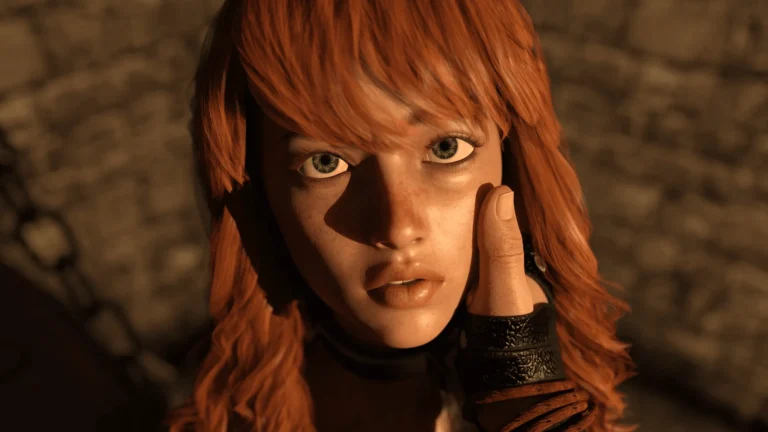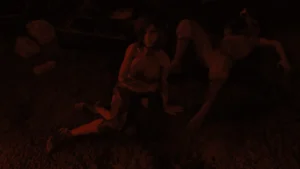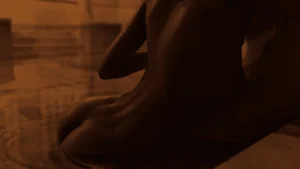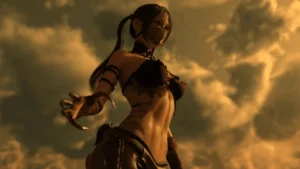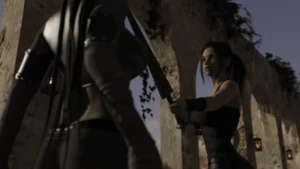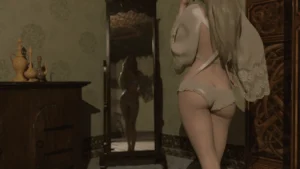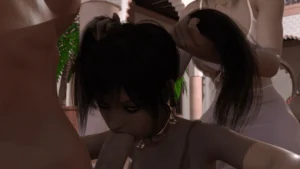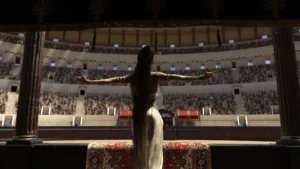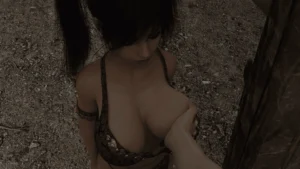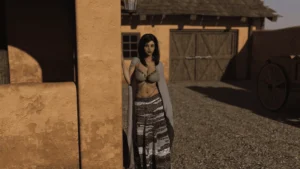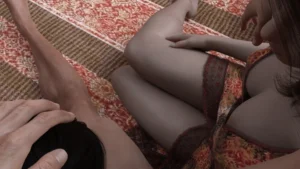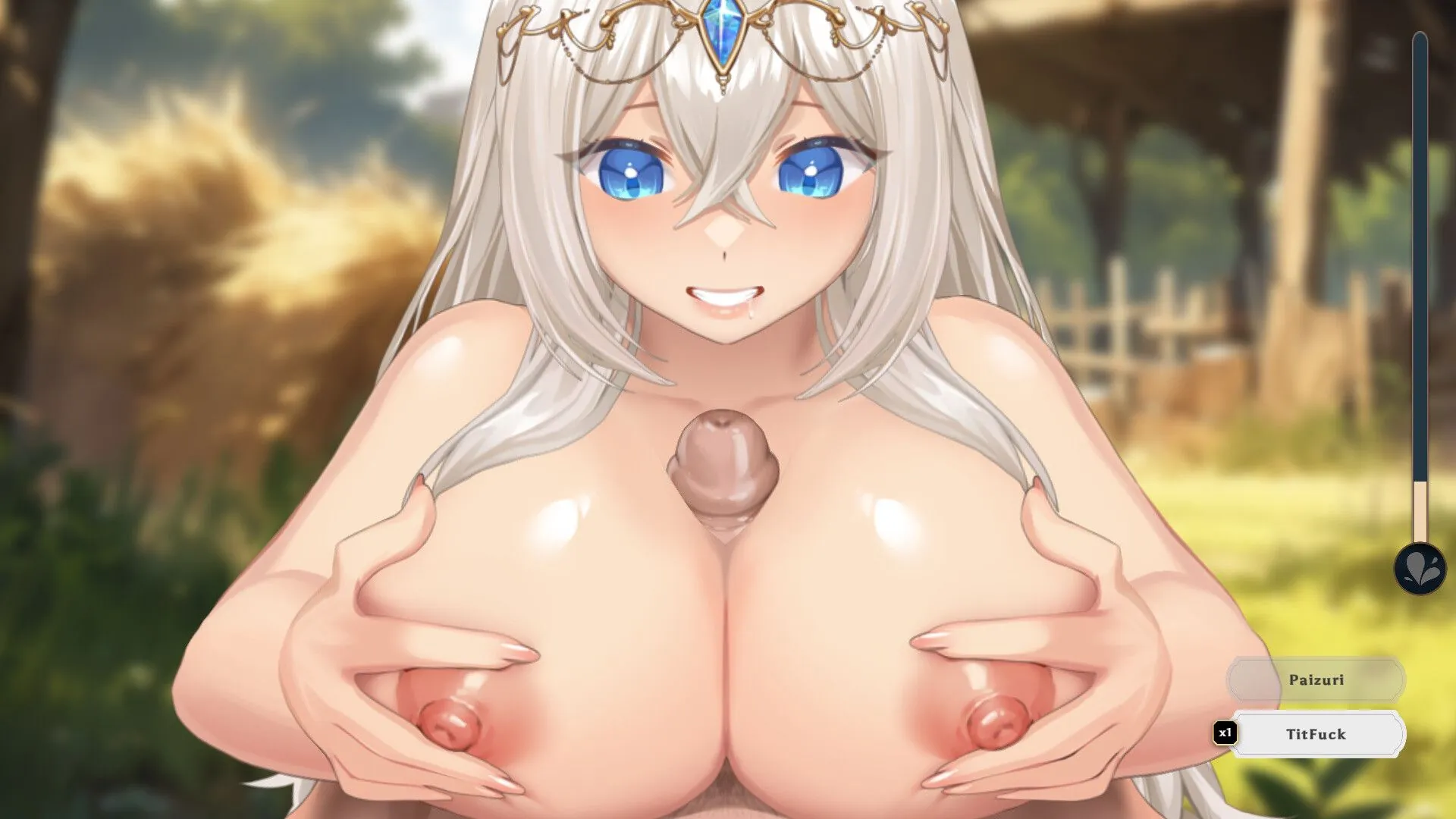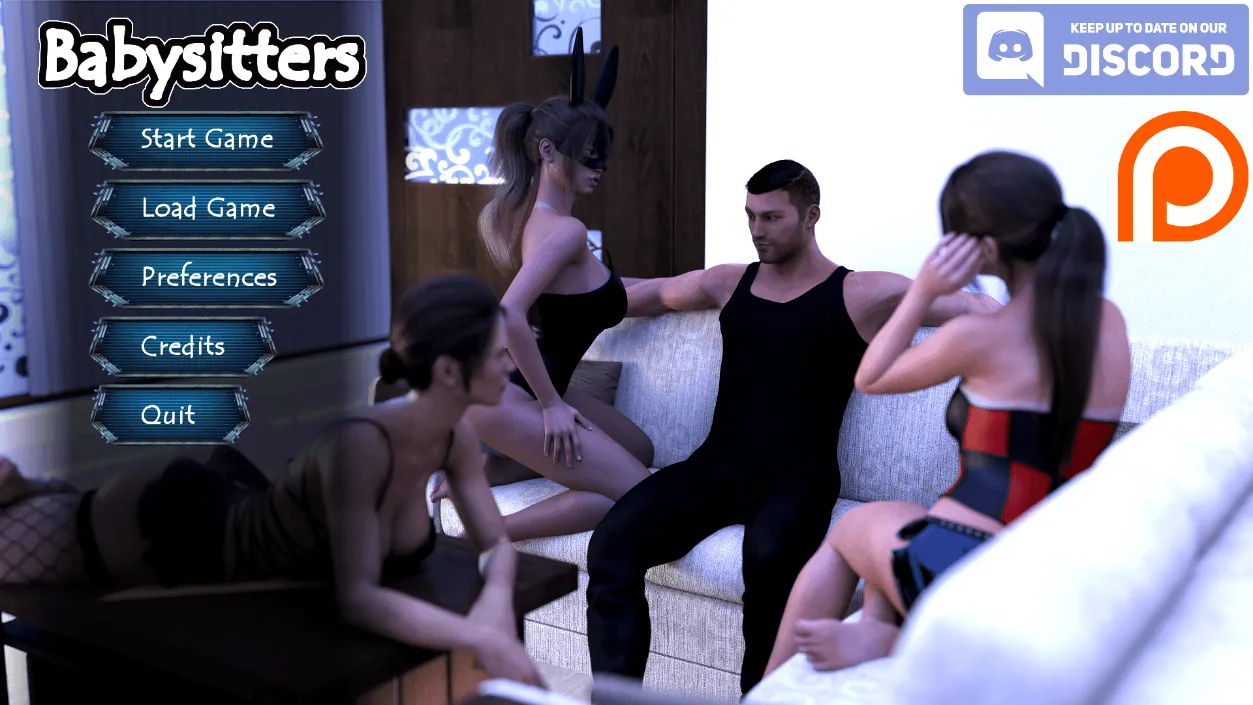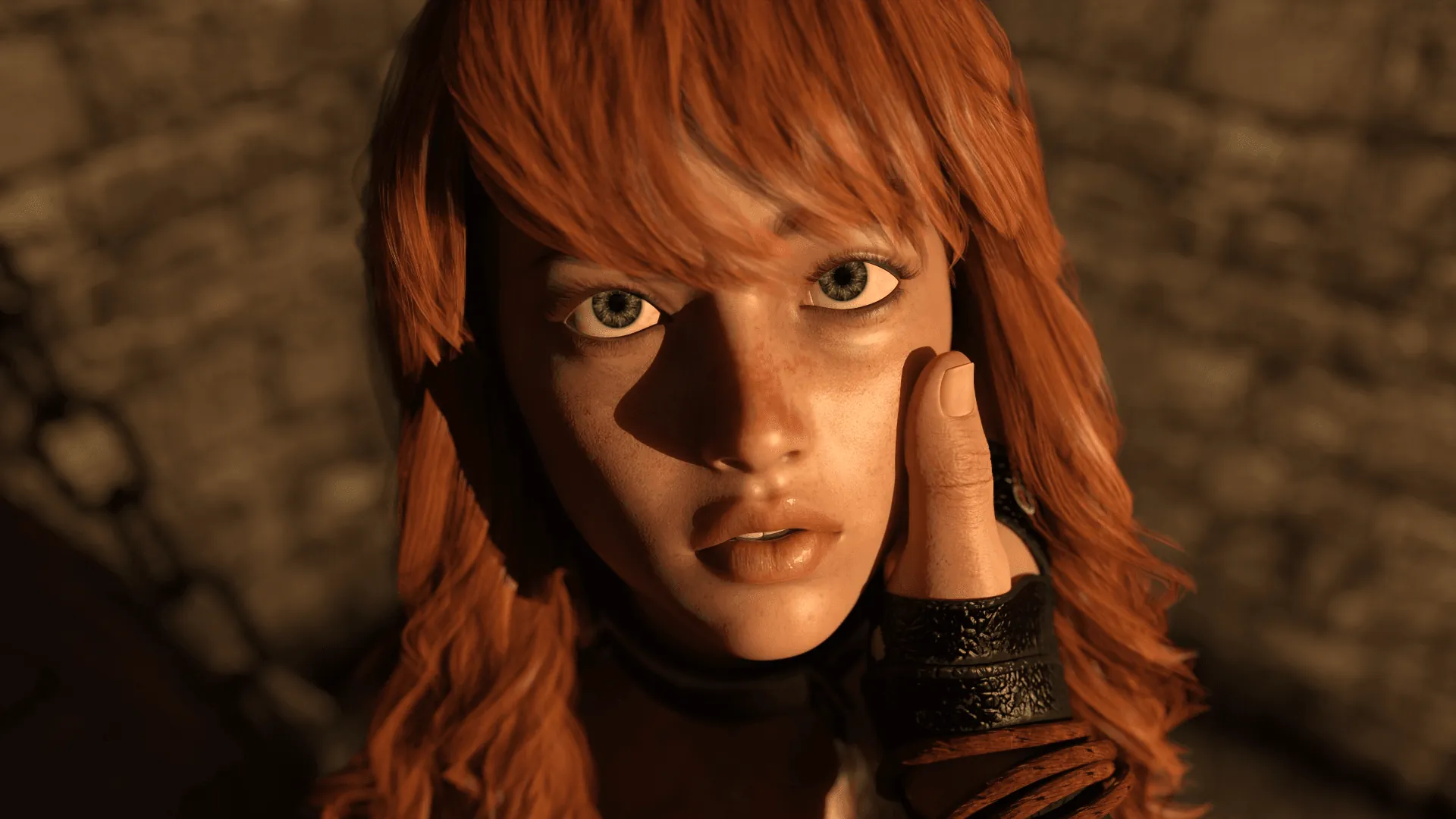
Desert Stalker
Play Desert Stalker
Desert Stalker review
Explore the immersive world, gameplay, and unique features of Desert Stalker
Desert Stalker offers a distinctive blend of narrative depth and interactive gameplay that sets it apart in its genre. This game invites players into a post-apocalyptic world where choices shape the protagonist’s path, blending exploration with engaging storylines. Whether you’re drawn by its immersive atmosphere or its complex characters, Desert Stalker provides a unique experience that keeps players invested from start to finish.
Exploring the World of Desert Stalker
Let me tell you about the first time I truly felt the world of Desert Stalker. I’d just spent an hour navigating a sun-bleached canyon, the heat haze shimmering on my screen, when I stumbled upon the skeletal remains of a pre-collapse settlement. It wasn’t a quest marker that led me there; it was my own curiosity. As I sifted through the dust and debris, finding a data log that told a heartbreaking story of a family’s final days, it hit me: this wasn’t just a backdrop. This was a place with a soul. This is the power of the Desert Stalker game setting. 🏜️
What Makes the Setting Unique?
If you think “post-apocalyptic” means the same old gray ruins and zombie hordes, prepare for a revelation. The Desert Stalker game setting is a character in its own right—a vast, beautiful, and brutally unforgiving expanse of sand and secrets. The world didn’t just end; it was scorched, leaving behind a sun-drenched landscape where society has fractured into isolated outposts and nomadic tribes.
What sets it apart is the stunning sense of scale and history. You aren’t just running through generic ruins; you’re exploring the carcass of a once-great civilization. I remember finding a crumbling highway overpass, with the rusted shells of vehicles stretching to the horizon. It wasn’t just scenery; it told a silent story of a mass exodus that failed. This deep environmental storytelling is core to the post-apocalyptic game atmosphere. You piece together the past not through lengthy cutscenes, but through the world itself. The wind-swept dunes hide buried laboratories, and mesa tops hold the remains of communication arrays, each location offering a tangible piece of the puzzle.
The beauty of this Desert Stalker game setting is that it encourages personal discovery. My most memorable moment was finding a hidden oasis, a vibrant splash of green tucked away in a deep ravine, complete with a clean water source and a small, functioning community. It felt like a genuine discovery, a secret reward for my exploration, not a checkbox on a map. This is the magic—the world feels curated for wonder, not just filled with repetitive tasks. 🌵
How Does the Free Roam System Enhance Gameplay?
Alright, let’s talk about the free roam system Desert Stalker employs, because it’s a genuine game-changer. I’ve bounced off so many sandbox titles where “freedom” just means a giant map cluttered with a thousand identical icons, demanding you grind the same activities to progress. Desert Stalker flips this script entirely.
The core philosophy here is player agency. The world is your sandbox, but it’s not a chore list. You are never forced to grind for basic resources or levels to unlock the next story beat. Instead, the free roam system Desert Stalker is built on organic progression. Need better gear? You might venture into a treacherous “Old World” bunker, using your wits to bypass security systems, rather than killing 50 giant scorpions to collect their stingers. The progression is tied to your exploration and problem-solving, not your patience for repetition. This is the dream of a true sandbox game without grind.
The map is a revelation. It’s not a GPS that hand-holds you to every destination. You use landmarks, the position of the sun, and scavenged maps to navigate. Getting lost isn’t a failure; it’s an opportunity. One evening, I got turned around in a sandstorm and stumbled upon a hidden cave system that became my main base for the next ten hours. The game trusts you to find your own fun, and it rewards that curiosity at every turn. The result is an incredibly Desert Stalker immersive gameplay loop where you are always the driver of your own adventure.
Pro Tip: Don’t just fast-travel everywhere! Some of the game’s most rewarding encounters and hidden lore are found in the quiet, unmarked spaces between major locations. 🗺️
To really drive the point home, let’s look at how this system compares to the open-world games we’re used to.
| Feature | Typical Sandbox Game | Desert Stalker’s Free Roam System |
|---|---|---|
| Progression | Often level-gated; requires grinding repetitive tasks. | Skill and exploration-based; new areas unlock through player ingenuity. |
| Map Design | Cluttered with repetitive icons (outposts, collectibles). | Sparse with meaningful points of interest that tell unique stories. |
| Resource Gathering | Often a tedious cycle of collecting common materials. | Scarce, high-value resources found in dangerous, unique locations. |
| Player Motivation | Checklist completion and experience bar filling. | Genuine curiosity and the desire to uncover the world’s secrets. |
Atmosphere and Visual Design Insights
The moment you boot up the game, the Desert Stalker visual design grabs you and doesn’t let go. This isn’t just about having pretty graphics; it’s about a cohesive artistic vision that serves the post-apocalyptic game atmosphere perfectly. The color palette is a masterclass in mood-setting: blazing oranges and deep reds during the day, shifting to cool, inky blues and purples under a blanket of impossibly bright stars. The play of light is phenomenal—walking into a shadowy ruin from the blinding sun is a physical relief.
A huge part of this immersion comes from the Desert Stalker interface, or rather, the lack of a disruptive one. The HUD is minimalist and context-sensitive. Your health isn’t a bar in the corner; it’s the increasing cracks on your goggles and the sound of your character’s labored breathing. Your compass is a physical item you pull up in your hand. This diegetic approach means you’re never pulled out of the experience. The Desert Stalker interface is seamlessly woven into the world, making every interaction feel tangible and real. 🎨
The attention to detail in the Desert Stalker visual design is what sells the reality of this world. Sand accumulates on your gear during a storm. The metal of a wrecked car groans and shifts in the wind. I once spent five minutes just watching a dust devil dance across a salt flat, completely mesmerized. These aren’t scripted events; they are emergent moments of beauty that the world naturally provides. This commitment to a believable, tactile environment is the final, crucial layer that creates the deeply Desert Stalker immersive gameplay experience. It’s a world you don’t just look at, but one you feel you can reach out and touch.
Ultimately, exploring the world of Desert Stalker is a testament to how powerful a cohesive vision can be. The Desert Stalker game setting provides a compelling stage, the brilliant free roam system Desert Stalker gives you the freedom to act upon it, and the stunning Desert Stalker visual design and intelligent Desert Stalker interface make you believe you’re truly there. It’s a masterclass in crafting a sandbox game without grind, where every journey into the dunes is your own unique story waiting to be told. ✨
Desert Stalker stands out by combining a rich, atmospheric world with a gameplay system that keeps players engaged without unnecessary repetition. Its detailed setting, polished visuals, and thoughtful design choices create an experience that appeals to fans seeking both story depth and interactive freedom. Dive into Desert Stalker to explore its unique narrative and gameplay elements firsthand.
